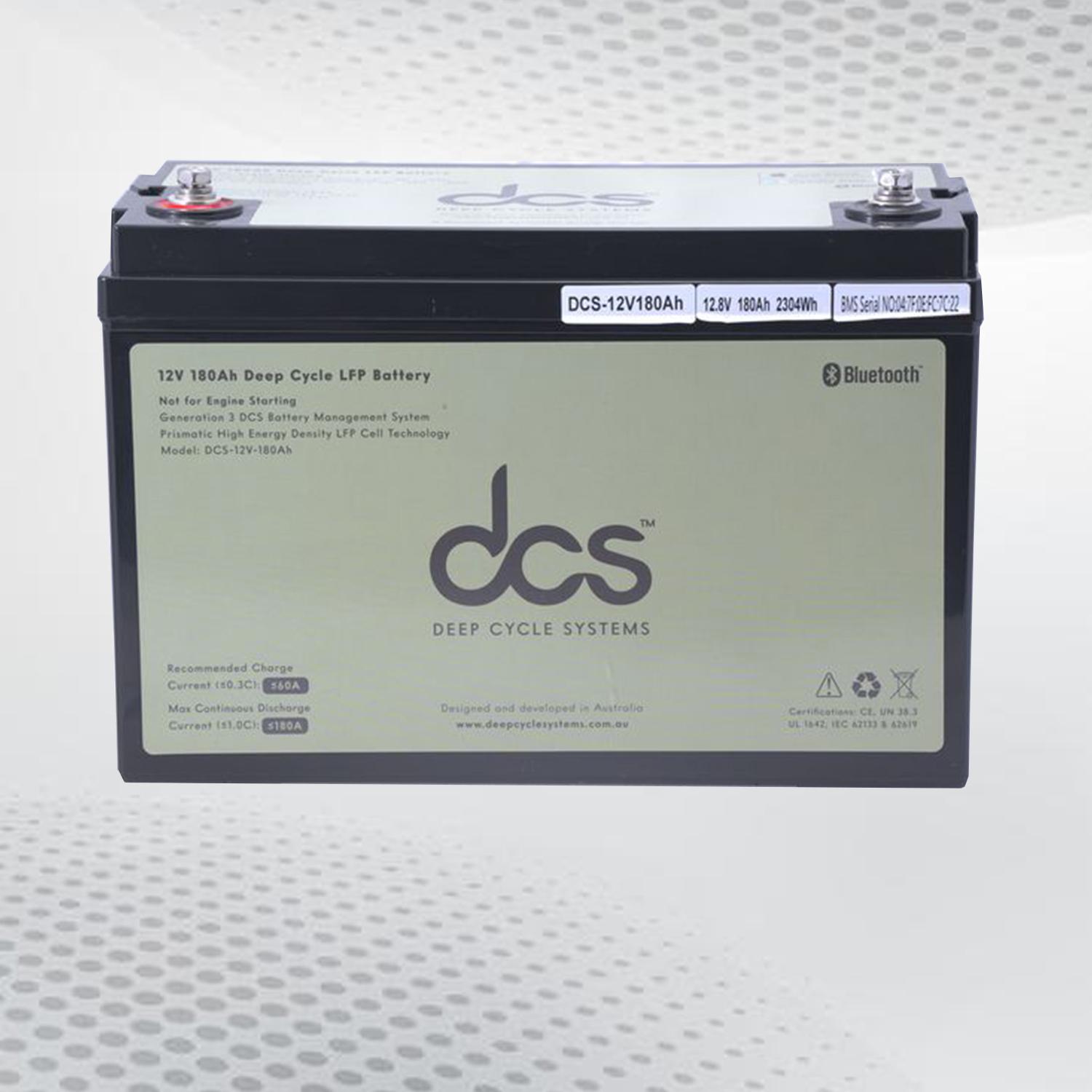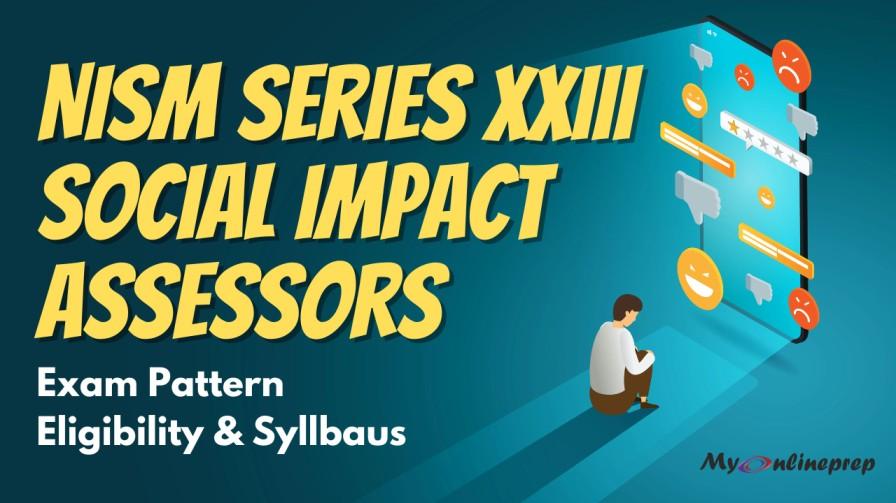Choosing the Right Toys for Toddlers: A Comprehensive Guide for New Parents

Selecting the right toys for toddlers is an important aspect of parenting that can significantly impact your child’s development and overall well-being. With a plethora of options available in the market, it can be overwhelming for new parents to make informed choices. This guide aims to provide a comprehensive overview of how to choose toys that will enhance your toddler's physical, cognitive, and emotional development while ensuring safe and engaging play experiences.
1. Understanding Toddler Development Stages
Before choosing toys, it’s essential to understand the developmental stages toddlers go through. Typically, toddlers aged 1 to 3 years are in a phase where they are:
-
Exploring Their Environment: Toddlers are naturally curious and eager to explore their surroundings. Toys that encourage this exploration help foster their learning.
-
Developing Motor Skills: Both fine and gross motor skills are critical at this stage. Toys that require manipulation, building, or physical activity support motor development.
-
Engaging in Imaginative Play: At this age, toddlers start to engage in pretend play, using their imagination to create scenarios. Toys that encourage this kind of play can help enhance creativity and cognitive skills.
2. Key Factors to Consider When Choosing Toys for Toddlers
Safety
Safety should be your top priority when selecting toys. Ensure that all toys meet safety standards and are free from small parts that could pose choking hazards. Look for non-toxic materials and rounded edges to prevent injuries.
Age Appropriateness
Select toys specifically designed for toddlers. Check age recommendations on packaging, as these are often based on safety considerations and developmental stages. Toys should be simple enough to avoid frustration but challenging enough to promote engagement and skill development.
Educational Value
Choose toys that promote learning and development. Look for options that encourage:
-
Cognitive Skills: Puzzles, shape sorters, and building blocks can enhance problem-solving skills and spatial awareness.
-
Motor Skills: Toys that require stacking, threading, or building can improve fine motor skills, while balls and ride-on toys can enhance gross motor skills.
-
Language Development: Books, puppets, and interactive toys can help expand vocabulary and encourage communication skills.
Durability
Toddlers can be rough on their toys, so opt for durable and sturdy options that can withstand wear and tear. Look for high-quality materials that are easy to clean and maintain.
Interest and Engagement
Select toys that align with your child’s interests. Observe what captivates their attention and choose toys that encourage further exploration. Rotating toys periodically can also help maintain their interest and provide fresh stimulation.
3. Types of Toys for Toddlers
Building and Construction Toys
Toys such as building blocks, LEGO Duplo, or magnetic tiles can enhance creativity and fine motor skills. They allow toddlers to construct and deconstruct, promoting spatial reasoning and problem-solving.
Pretend Play Toys
Dress-up costumes, kitchen sets, and tool kits encourage imaginative play. These toys help toddlers explore different roles and develop social skills through role-playing scenarios.
Art and Craft Supplies
Simple art supplies like crayons, washable markers, and non-toxic paints allow toddlers to express their creativity. Craft kits that involve sticking, cutting, or coloring can enhance fine motor skills and encourage artistic expression.
Interactive and Educational Toys
Consider toys that promote learning through play, such as:
-
Shape Sorters: Help toddlers learn shapes and improve hand-eye coordination.
-
Musical Instruments: Simple instruments like drums, xylophones, or maracas can enhance auditory skills and introduce rhythm.
-
Books: Board books with colorful illustrations and simple text are perfect for reading together, promoting language development and a love for stories.
Outdoor and Active Toys
Encouraging physical activity is crucial for toddlers. Choose outdoor toys like balls, tricycles, or sand and water play sets that promote gross motor skills, coordination, and social interaction.
4. Tips for Encouraging Play
-
Engage with Your Child: Play alongside your toddler to model how to use toys effectively. This interaction can also enhance bonding and communication.
-
Create a Safe Play Environment: Ensure a designated play area that is safe, clutter-free, and equipped with age-appropriate toys.
-
Encourage Open-Ended Play: Select toys that can be used in multiple ways, allowing toddlers to explore their creativity and imagination. For example, a simple cardboard box can become a spaceship, a house, or a fort.
Conclusion
Choosing the right toys for toddlers involves considering safety, developmental appropriateness, educational value, and your child’s interests. By understanding your toddler's developmental stages and selecting toys that foster creativity, cognitive skills, and social interaction, you can provide enriching play experiences that support their growth. Remember, play is not just about fun—it's a vital component of healthy development that shapes your child's future. So embrace this exciting journey, and watch your toddler thrive!





